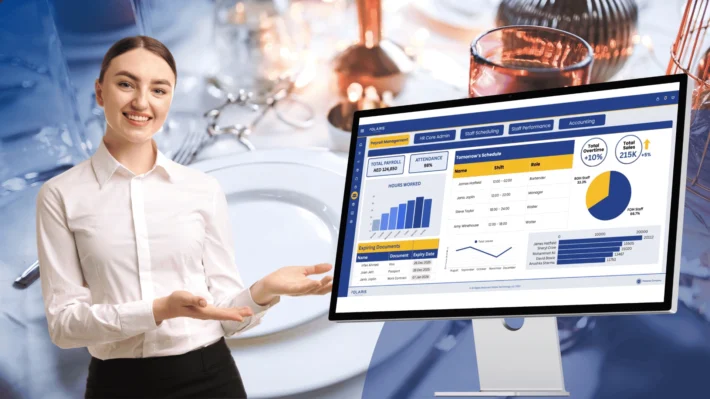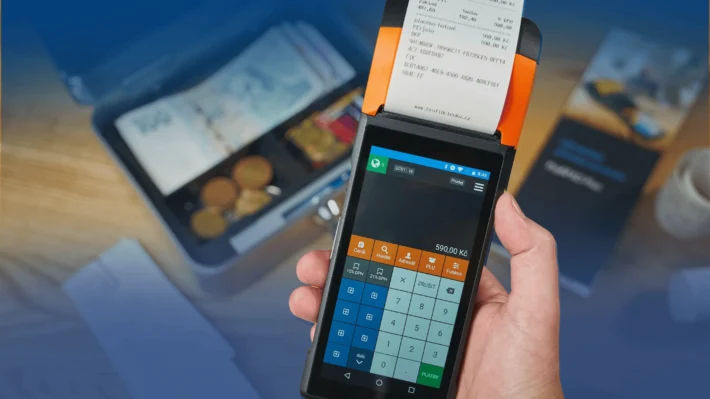How to Reduce Food Costs with Efficient Purchase Management

Adopting a procurement solution involving efficient purchase management can result in up to 20% savings.
Food waste is unavoidable, but what you can do is try to limit and decrease the waste amount as much as possible using different methods. One of these methods is efficient purchase management.
How can purchase management reduce your food costs:
Find trustworthy suppliers:
Though it might seem obvious, this is so crucial that it deserves to be said. You must select dependable suppliers.
Choosing the wrong supplier might have serious consequences.
The tension that results from orders being delayed, everything going out of stock, or poor-quality products firsthand, can result in frustration, higher costs, and a low quality of service. Additionally, the caliber of your food may begin to decline, which may negatively affect client happiness and result in complaints. Negative evaluations from unhappy customers damage your restaurant even more.
When choosing your vendors, proceed with extreme caution and attention to all details.
When doing supplier research, keep the following in mind:
- Reputation and references:
Seek recommendations, reviews, and references from different businesses, particularly those operating in related industries. Additionally, think about getting in touch with additional eateries that have utilized any of the suppliers you are thinking about, and ask for their experience with the respective suppliers.
- Product/service quality:
Before committing to a seller, ask for samples or trial products. Additionally, make note of any certifications or quality requirements that a supplier follows.
- Consistency and reliability:
Product quality or timely deliveries might seriously harm your restaurant. Analyze the vendors’ capacity to provide high-quality goods on schedule. Assess a supplier’s capacity to grow with your restaurant business as well.
- Financial stability:
Suppliers with solid finances are more likely to provide high-quality goods on schedule. Suppliers that are having financial issues should be avoided since this may affect their capacity to provide goods regularly.
- Flexibility:
Evaluate the supplier’s ability to work with the restaurant’s unique requirements, including special orders, packaging specifications, and delivery dates.
Bulk buying:
Once you’ve determined how often and how much of your ingredients are consumed, especially reusable items, you should bargain with your suppliers to get better prices. A good example of one of those deals is purchasing food in large quantities at a lower cost per unit. Communicate with your supplier to learn about any current promotions and any discounts that might be available to you. You can determine the amount of stock items required and your turnover rate by using Purchase Management software.
Invoice review:
An essential procedure in an organization’s financial management is invoice evaluation, particularly when it comes to accounts payable. It describes the methodical review, confirmation, and validation of invoices to ensure that they are accurate, full, and in conformity with all applicable laws, rules, and contractual requirements. The goal of reviewing invoices is to make sure they are accurate, properly produced, and reflect the products or services that were received.
Always look for the best prices:
Look around for the best deals on your ingredients with no fear. To determine who can give you the best prices, check with several providers. Additionally, you can search for deals or discounts on larger purchases. One important aspect to pay attention to when doing this is that you must maintain quality.
Negotiate With Your Suppliers
Always be confident about bargaining for better conditions or lower prices with your suppliers or vendors.
Yes, you should make sure that both sides gain from the terms you negotiate. Taking advantage of a vendor will leave them dissatisfied and may affect the quality of your service.
Having said that, you should frequently evaluate your suppliers based on the state of the market and your company’s demands to determine where expenses might be cut. Depending on your volume or your level of loyalty as a consistent customer, you could bargain for better terms.
Take into account the following while settling on terms with suppliers:
- Provide sales and market data to back up your requests.
- Set reasonable expectations and goals.
- If the terms don’t work for your business, don’t be hesitant about leaving the supplier and looking for another one.
Manage risk :
Safeguard your cash and put it in an appropriate place to stop theft. Employees should receive training on how to handle cash, operate cash registers, and prepare for register audits.
Make use of POS data
With accurate record-keeping of every transaction, sales monitoring, inventory control, and financial reporting that assist the manager or owner in making more informed financial decisions, even simple point-of-sale (POS) systems will be well worth their initial costs.
Record with Video:
Anytime the products that you ordered get delivered to you, you must always make sure that you are counting them in front of the delivery person to make sure that the purchase order is right on the paper and right on what you are receiving. Any moment that you are not paying attention, or you just turn your back, may cause missing products, which may be easily misappropriated by the supplier, so make sure you set up recording cameras in the delivery and receiving goods areas.
Invest in a purchase order (PO) system
To avoid all of these problems, the best solution is to invest in a purchase order system that will automate this process for you.
A PO system provides you with:
Automated workflows
To establish a smooth purchase order process, you should be able to design unique automated activities and workflows. The process should proceed to the next stage automatically after all required approvals have been delivered to the appropriate parties.
Modifiable forms
The automated workflow’s purchase order forms should be completely adjustable so you may change the data fields and add all the necessary information to the purchase orders.
Automated cross-checking
To prevent errors, the purchase requisitions, buy orders, and invoices should all have data that the purchase order management software can automatically match and check.
Access depending on roles
Limit access to specific sections of the process order workflow according to the function of the user in the company.
Real-time reporting
Reports containing a lot of visuals and insights into how the PO process is managed within the business should be provided by the PO management software. The goal is to make it simple for you to identify any ineffective or inefficient areas of the process that could be made better.
With Polaris ERP, we provide you not only with PO management software but a fully integrated system that includes everything like menu engineering, inventory management, waste management, accounting software, AI, and everything you need to run a multi-branch F&B business.
Contact Us & Book A Demo
2 Comments
Comments are closed.




This is one awesome blog post Really Great
[…] trends and predict customer preferences, enabling smarter ordering and menu planning. This helps reduce food waste and ensures you have the right stock levels at all […]